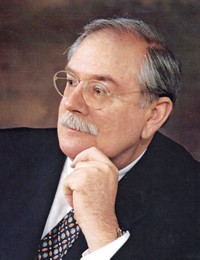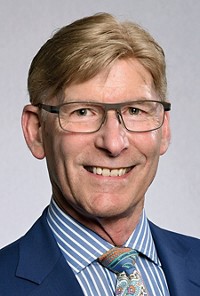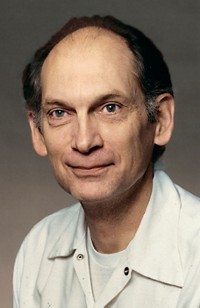Advertisement
Grab your lab coat. Let's get started
Welcome!
Welcome!
Create an account below to get 6 C&EN articles per month, receive newsletters and more - all free.
It seems this is your first time logging in online. Please enter the following information to continue.
As an ACS member you automatically get access to this site. All we need is few more details to create your reading experience.
Not you? Sign in with a different account.
Not you? Sign in with a different account.
ERROR 1
ERROR 1
ERROR 2
ERROR 2
ERROR 2
ERROR 2
ERROR 2
Password and Confirm password must match.
If you have an ACS member number, please enter it here so we can link this account to your membership. (optional)
ERROR 2
ACS values your privacy. By submitting your information, you are gaining access to C&EN and subscribing to our weekly newsletter. We use the information you provide to make your reading experience better, and we will never sell your data to third party members.
Synthesis
E. B. Hershberg Award For Important Discoveries In Medicinally Active Substances
Sponsored by Schering-Plough Research Institute
by Lisa M. Jarvis
February 7, 2011
| A version of this story appeared in
Volume 89, Issue 6
It is often said that discovery is born out of serendipity. In the case of Richard B. Silverman, John Evans Professor of Chemistry at Northwestern University, a serendipitous fire led to a lengthy career of discoveries.
Eight-year-old Silverman and his 13-year-old brother were in their bedroom tinkering with a chemistry set to try to create “the invisible flame,” a colorless flame produced by an alcohol Bunsen burner. They were captivated. That is, until the curtains caught on fire. A five-year ban was imposed on chemistry sets in the Silverman household, but the taboo only served to draw the younger boy into science. “You can imagine over that time period, I’d be imagining how cool chemistry was and all the things you can do with it,” Silverman, 64, says.
As an undergraduate at Pennsylvania State University and then a graduate student in organic chemistry at Harvard University, Silverman was happiest solving synthesis and mechanism problems. After a two-year National Institutes of Health postdoc in the biochemistry department at Brandeis University, he landed at Northwestern, where he has taught and conducted research for 34 years.
At Northwestern, Silverman’s group synthesized pregabalin, the molecule that made him famous in medicinal chemistry circles. The glutamate decarboxylase activator showed promise in mouse models of epilepsy and was licensed to the Parke-Davis unit of Warner Lambert, later bought by Pfizer. After a lengthy development path, Pfizer in 2005 received FDA approval for pregabalin, marketed as Lyrica. The drug, approved to treat epilepsy and neuropathic pain, brought in $2.8 billion in sales last year.
Silverman says that for years, the discovery of Lyrica was for him just about cool science. But after the drug launched, he started to get letters and e-mails from people whose lives had changed because of the drug, thanking him for his invention. Their stories made him realize how important it was to human health.
The proceeds from the discovery enabled Silverman to make a generous contribution to Northwestern for a building that now houses 18 research groups across chemistry, biology, and engineering.
“It is noteworthy that despite his considerable financial contributions to Northwestern, Professor Silverman has shown exceptional grace and humility in allowing the faculty of Northwestern to select the direction and flow of resources within the chemistry department,” Yale University chemistry professor Jonathan A. Ellman says.
Although best known for the invention of Lyrica, Silverman has made other important contributions to the field of medicinal chemistry. His lab found a GABA aminotransferase inhibitor that is 300 times more potent in treating addiction than the currently marketed anticonvulsant vigabatrin. Silverman also designed neuronal nitric oxide synthase blockers that have shown strong activity in a rabbit model of cerebral palsy.
Silverman has also proven to be a dedicated educator. In addition to writing a widely used medicinal chemistry textbook, “The Organic Chemistry of Drug Design and Drug Action,” he has regularly taught at Drew University Residential School in Medicinal Chemistry and was named the Charles Deering McCormick Professor of Teaching Excellence at Northwestern. His most gratifying experience is seeing an exciting publication from a former student. “That’s when I feel really proud,” Silverman says.
Silverman will present the award address before the Division of Medicinal Chemistry at the fall national meeting in Denver.






Join the conversation
Contact the reporter
Submit a Letter to the Editor for publication
Engage with us on Twitter